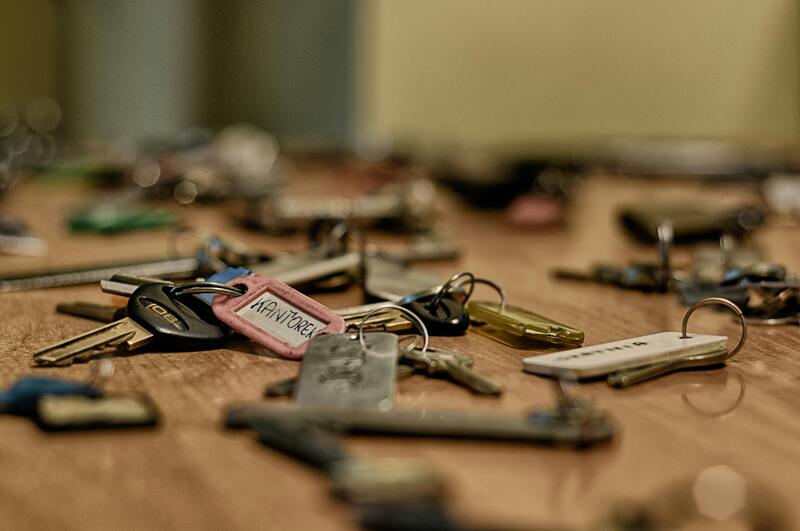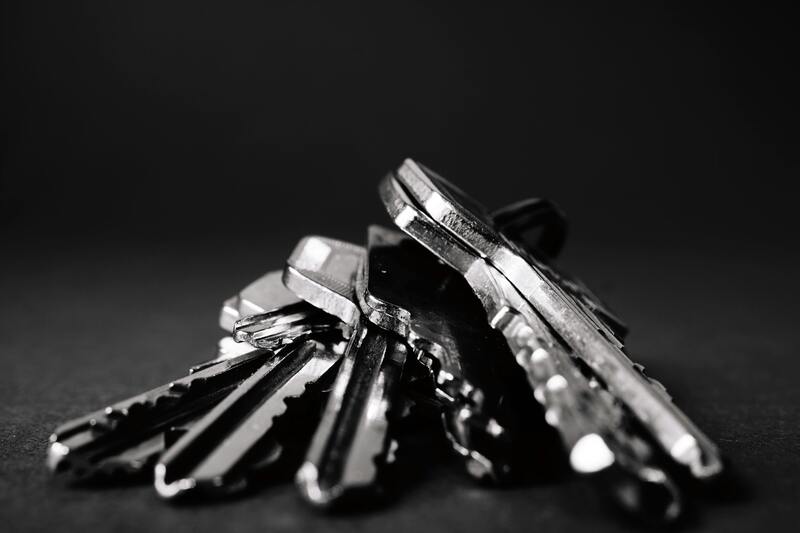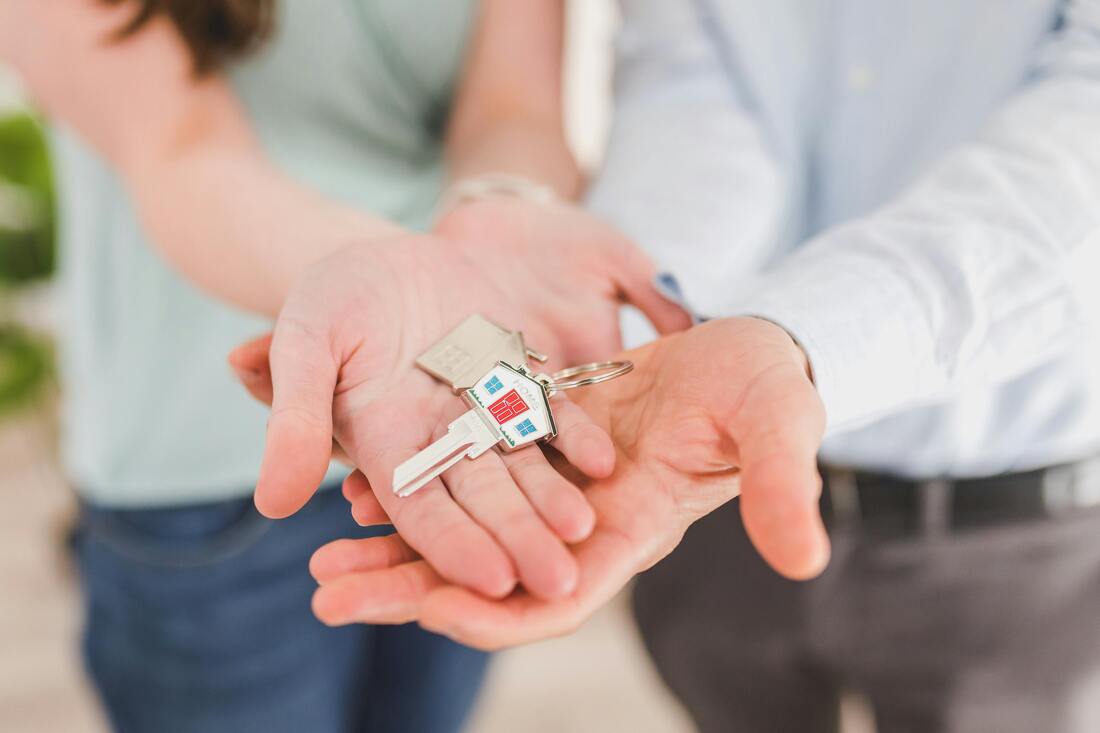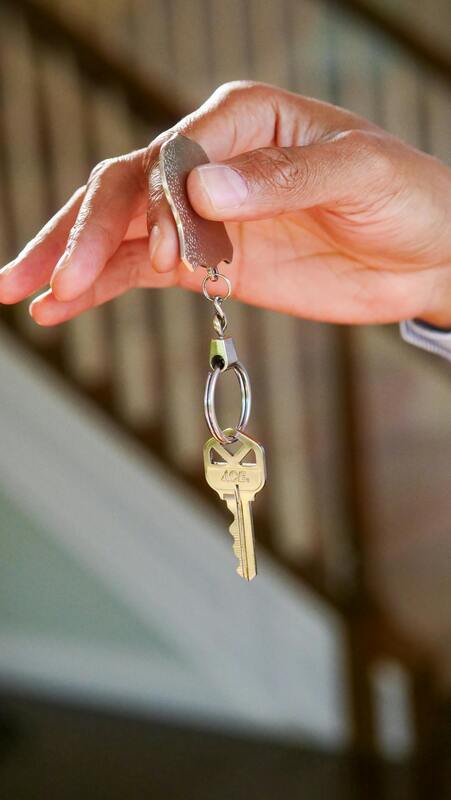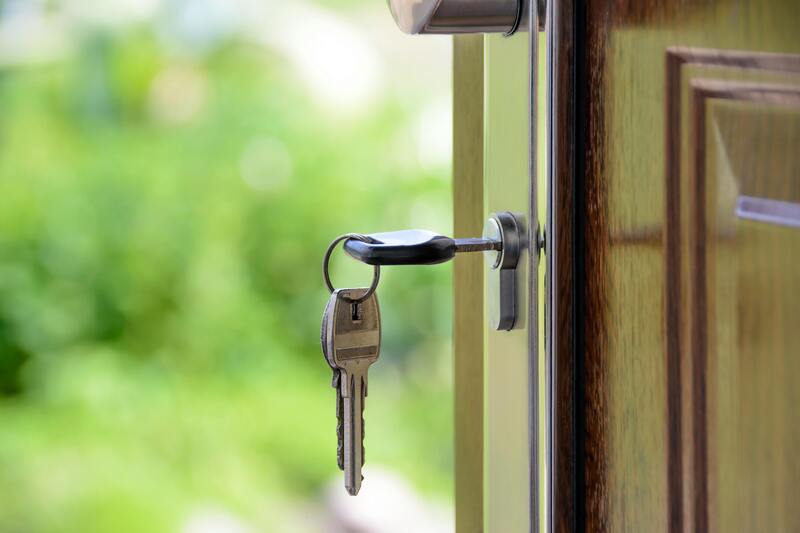|
🧰 Types of House Key Boxes
1. Wall-Mounted Key Box
|
🔒 Locking Mechanisms
1. Mechanical (Non-Digital)
|
🧑🤝🧑 Common Uses
📲 Smart Key Box Features (for digital types)
❗ Risks & Precautions
🧼 Maintenance Tips
- Airbnb or vacation rentals
- Elderly care (family or caregivers can enter)
- Construction sites (access for workers)
- Emergency services (key safes registered with fire/police)
- Kids coming home from school
📲 Smart Key Box Features (for digital types)
- App-controlled user access
- Temporary codes or scheduled access
- Access logs (see who used it and when)
- Remote unlock (for guests or deliveries)
- Integration with smart home systems
❗ Risks & Precautions
- Weak combinations (e.g., 1234) are easy to guess.
- Never share codes via insecure channels (e.g., SMS or email).
- Update codes regularly, especially after guests or workers leave.
- Avoid placing in direct sight from the road.
🧼 Maintenance Tips
- Clean dirt and debris from keypad or locking mechanism.
- Lubricate the lock occasionally (non-oil-based lubricants are best).
- Check batteries (if electronic) regularly.
|
🧭 Best Placement LocationsChoosing the right spot improves both security and accessibility:
Good Places:
|
🧑⚖️ Legal and Privacy ConcernsEspecially important for landlords, Airbnb hosts, or care homes:
|
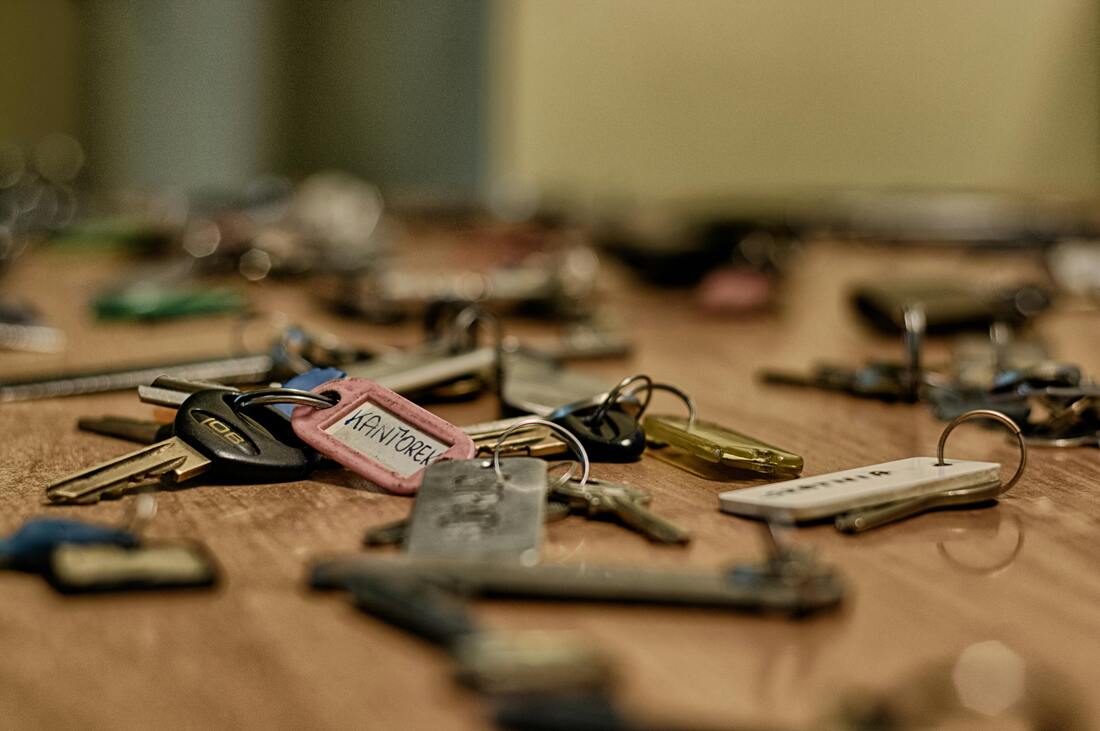
🌦️ Weather Resistance Factors Outdoor boxes must resist:
🧩 Use Case Examples🏡 Homeowners:
- Rain & humidity (look for IP-rated boxes)
- Snow/ice (metal expands/contracts, so quality matters)
- UV degradation (plastic models may fade/crack)
- Salt exposure (coastal areas require anti-corrosion coating)
🧩 Use Case Examples🏡 Homeowners:
- Spare key for kids, relatives, or cleaners.
- Backdoor or garage mounting is typical.
- Rotate codes after each guest.
- May pair with smart lock for full access control.
- EMS/firefighter access.
- Often required by local agencies or insurance.
- One box shared among workers.
- Durable and large-capacity models preferred.
